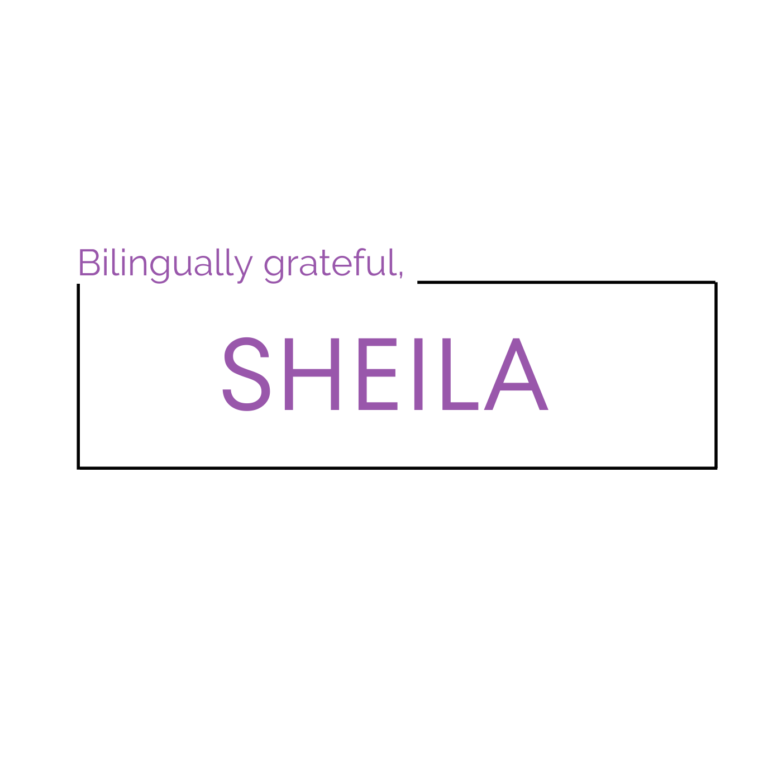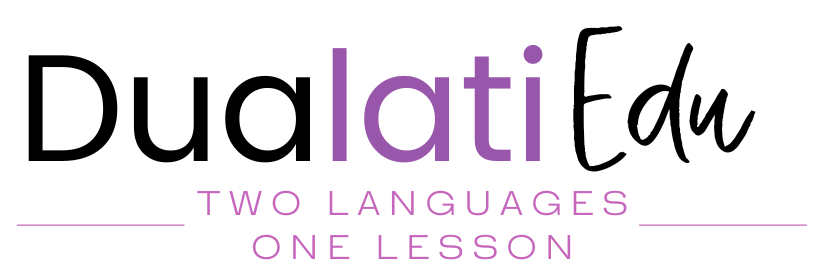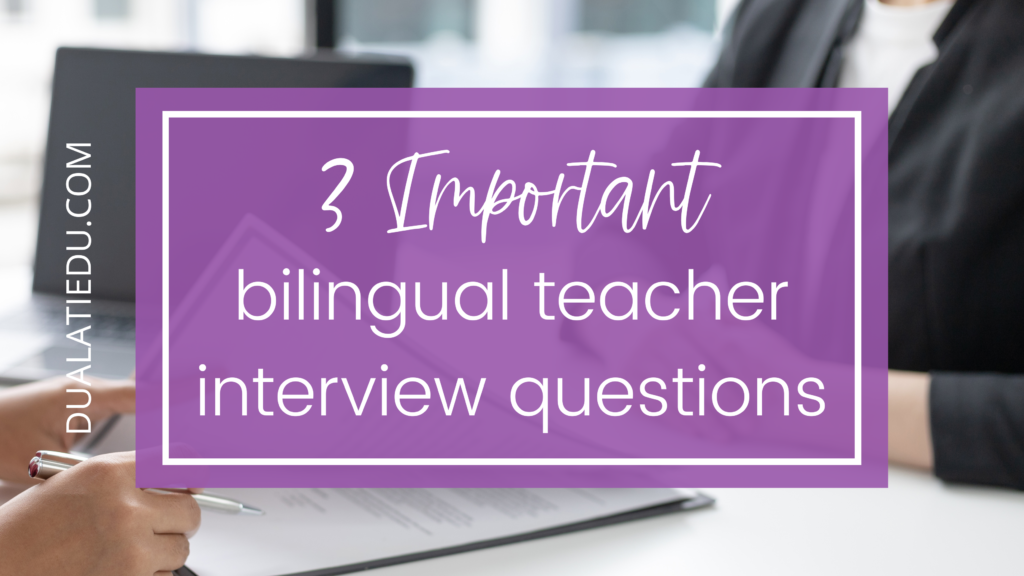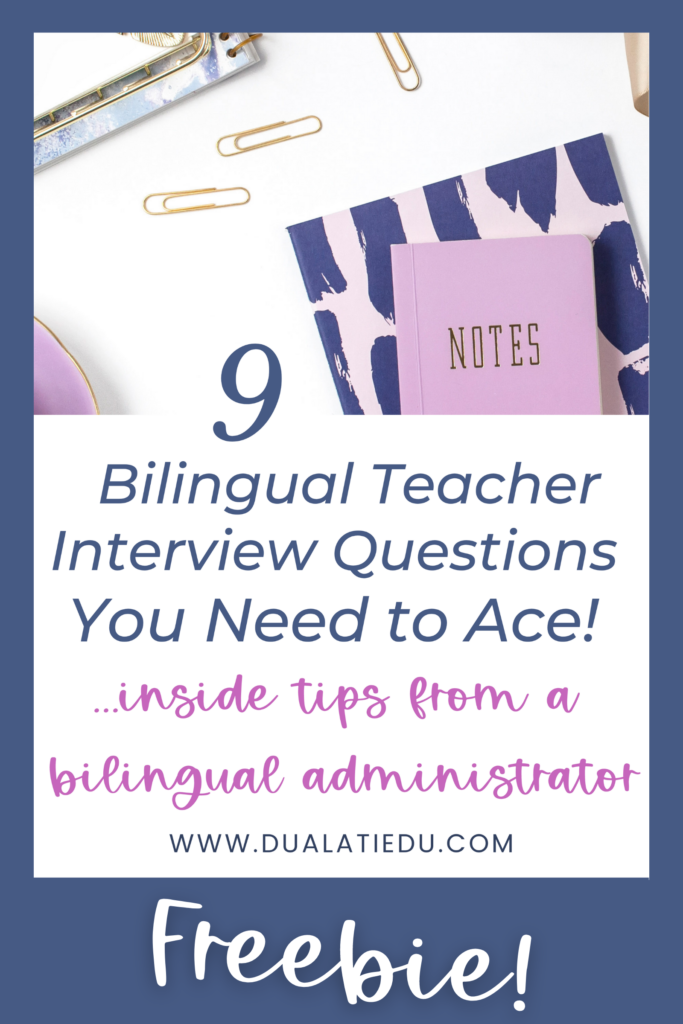Are you struggling to prepare for your bilingual teacher interview? Do you need help understanding what teacher interview questions will be asked and how to plan for them?
Let me share a quick story. A college student was about to graduate with an elementary education bachelor’s degree! Woohoo! After all the work over the past four years, the student hadn’t done anything other than prepare a resume and search for open positions. Unfortunately, this is not enough!
Preparing for a Bilingual Teacher Interview
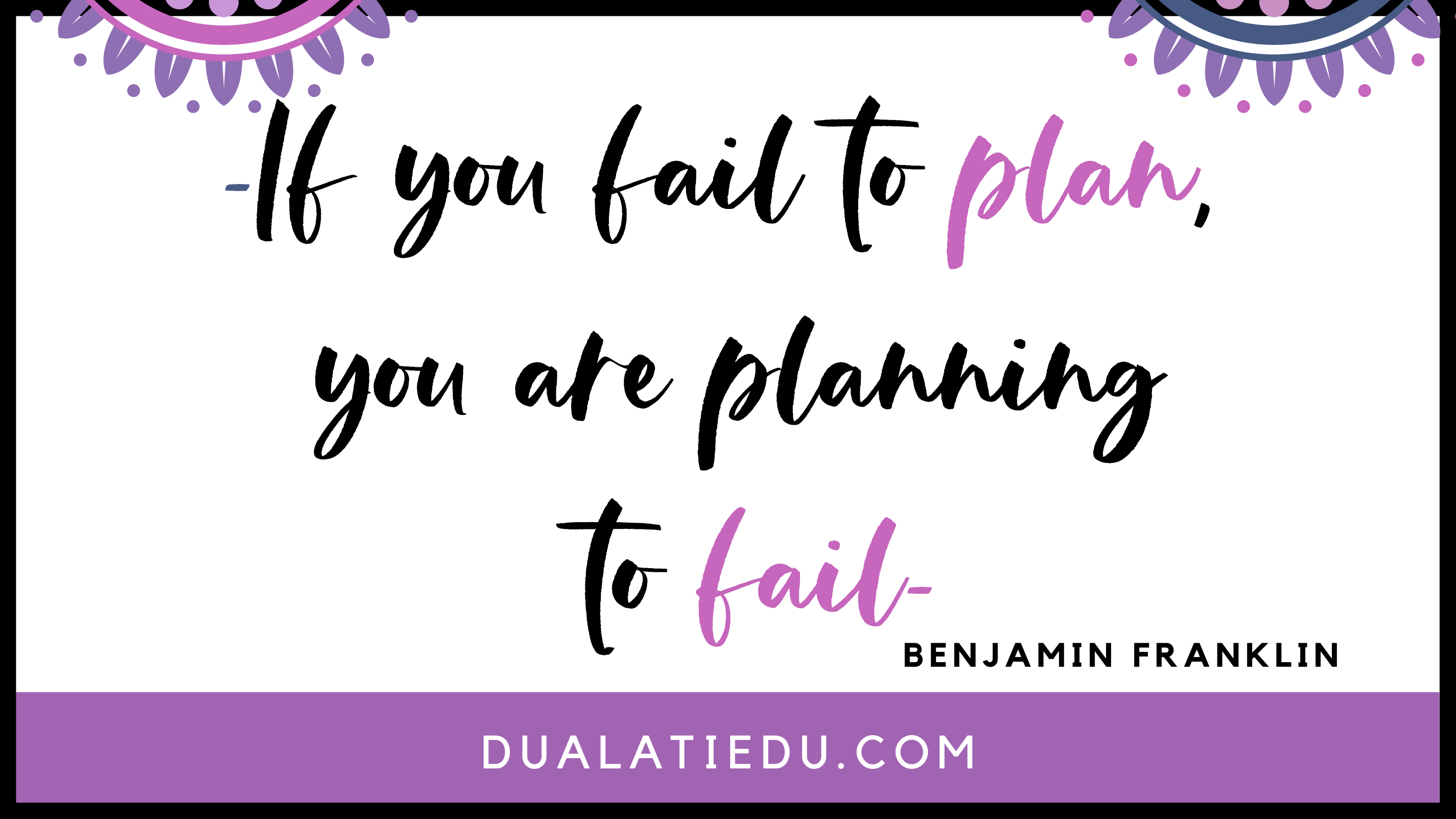
There are steps you should take to prepare for an interview successfully. This post does not address ALL THE STEPS, but it does seek to help you with one of them: understanding possible interview questions and developing an appropriate answer BEFORE you go to the interview.
An interview can be nerve-racking but, if prepared, it turns into a pleasant exchange between two (or more) people with a common goal: to look for the right fit for the job.
Prepare yourself by understanding what questions are most likely asked in a bilingual teacher interview and developing answers that reflect your experience and education beforehand. Then, you can answer any question confidently and not leave out information that would possibly convince someone to hire you.
Bilingual Teacher Interview Questions
There are three questions I want to address in this post because they are crucial to hiring a bilingual teacher. Also, I want to provide some background knowledge, strategies, and resources for you to develop your answers.
Question #1 What is your philosophy about bilingual education?
As a bilingual teacher, you have developed a philosophy of what you feel should be the end goal and the means for instruction for your bilingual students. Understanding the different models available in the United States for bilingual programs is key to speaking to this point.
Bilingual Education Models
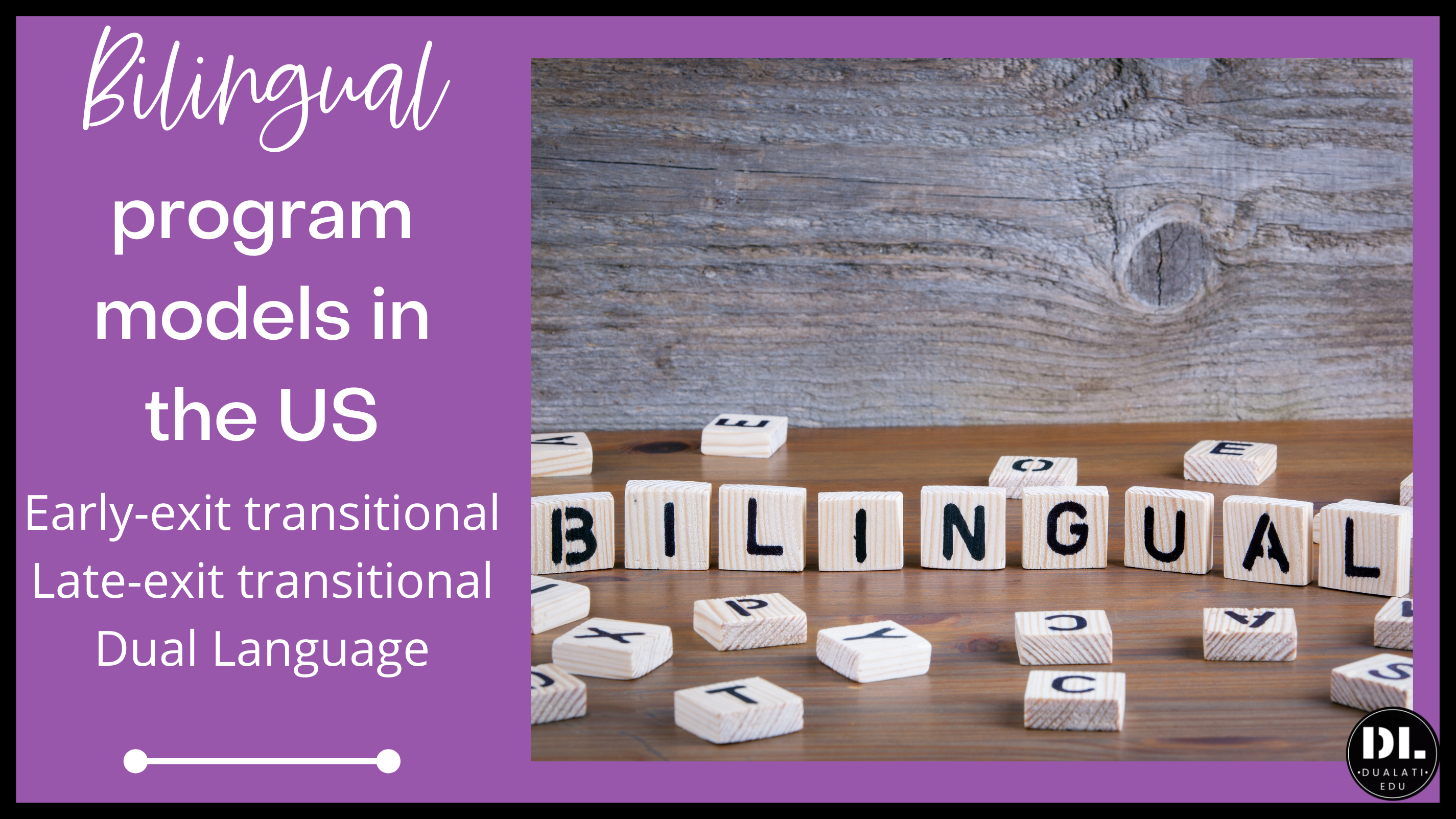
The main bilingual models are the late-exit transitional and dual-language programs. The late-exit transitional program aims to scaffold instruction by providing support in the native language until students become proficient in English. At this point, instruction will be solely in English.
Dual-language programs develop biliteracy throughout the student’s education. These programs are available for English language learners and students who want to learn a language other than English. Most bilingual programs in the US offer instruction in Spanish, Vietnamese, or Chinese.
Strategy to answer this question
You may or may not have a preference as to which type of program you would like to implement, but do research which program the school you are interviewing at offers. Why? Because you want a school that will align with your philosophy.
Some schools have a passion for their students to become biliterate, so they offer dual-language programs. If this aligns with your philosophy, have a statement prepared that addresses it. Keep the message positive and speak to the benefits of biliteracy and how you plan to develop it in your classroom.
Question #2 What does your Language Arts block look like?
Depending on the bilingual program, late-exit or dual-language, you will have a slightly different answer for this question. However, the components you need to address during this question remain the same regardless of the program.
Strategy to answer this question
* Lesson Plans
Any Language Arts lesson plan must include the standards addressed, so you need to speak to how you would incorporate those in both languages. While doing so, your knowledge of these must come through your answer. If you are new to the state you are planning to teach in, make sure you familiarize yourself with these before the interview.
You also need to address the different components of your Language Arts block.
* Read Aloud and Shared Reading
Reading books aloud helps students in many ways. It models fluency and prosody, allows for the teacher to show students how to process the text, and exposes students to a wide variety of vocabulary in context.
How can you provide English learners with visual aids or pre-teach vocabulary before reading so they can have context before listening to you read the story? You could also find a way that they could read the books you read aloud during centers/independent time.
* Guided Reading / Centers
Guided reading is crucial to differentiation. How can you provide targeted instruction to English learners at the guided reading table and during center/independent reading time? During this time, you can also plan language-targeted lessons that other students may not need. Look to the English language proficiency standards in your state for guidance.
Question # 3 – How do you scaffold instruction for English Language Learners?
Making content accessible to students is a vital component of a bilingual teacher’s job. You need to able to convey how you will do that explicitly.
Find a detailed blog post on ESL strategies here.
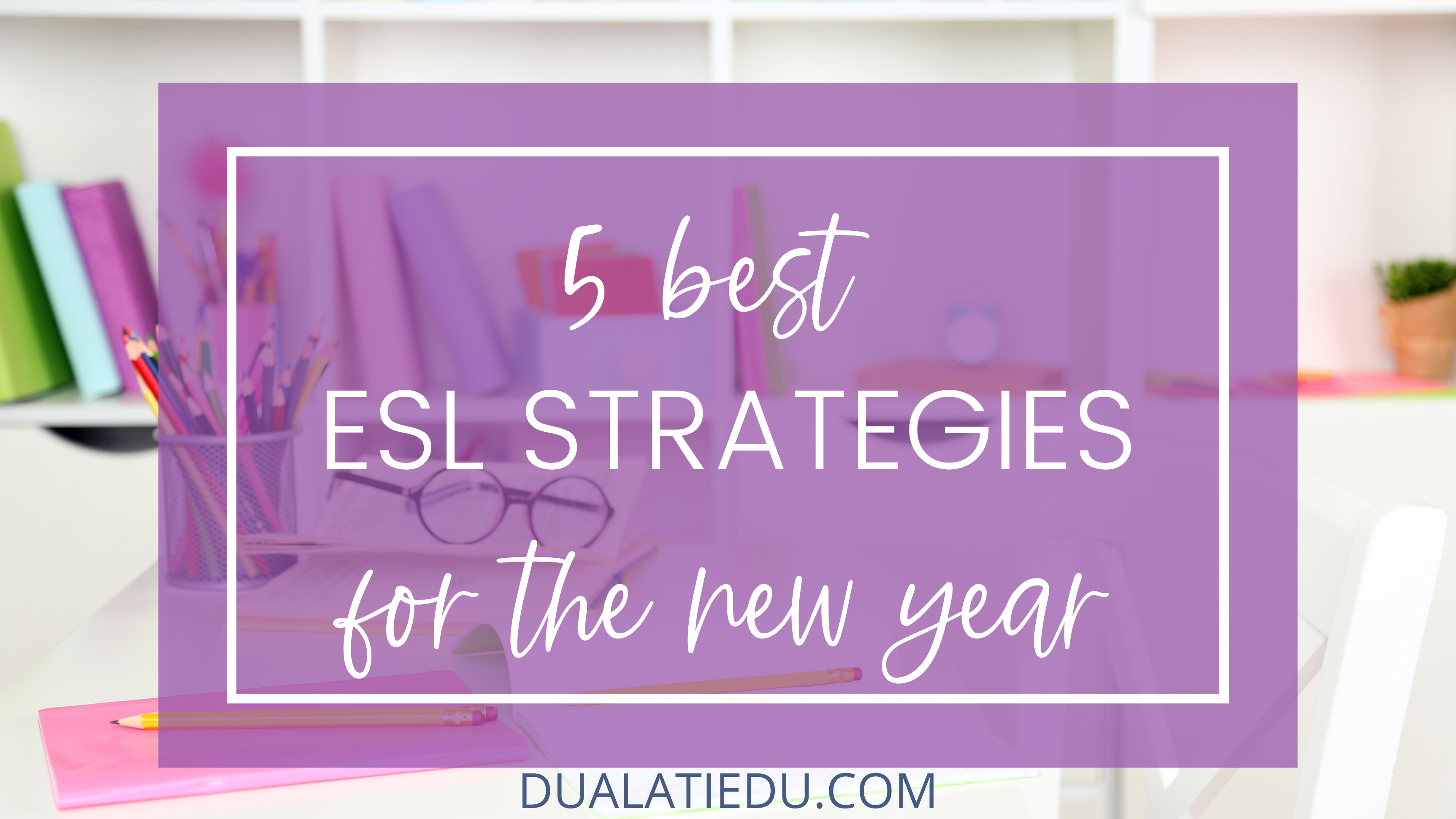
Strategy to answer this question
There are three general ways to scaffold instruction for English Language Learners:
- Teaching students how to decode in English.
- Providing alternate texts (leveled to their ability).
- Providing accessibility tools for them to be able to understand the text.
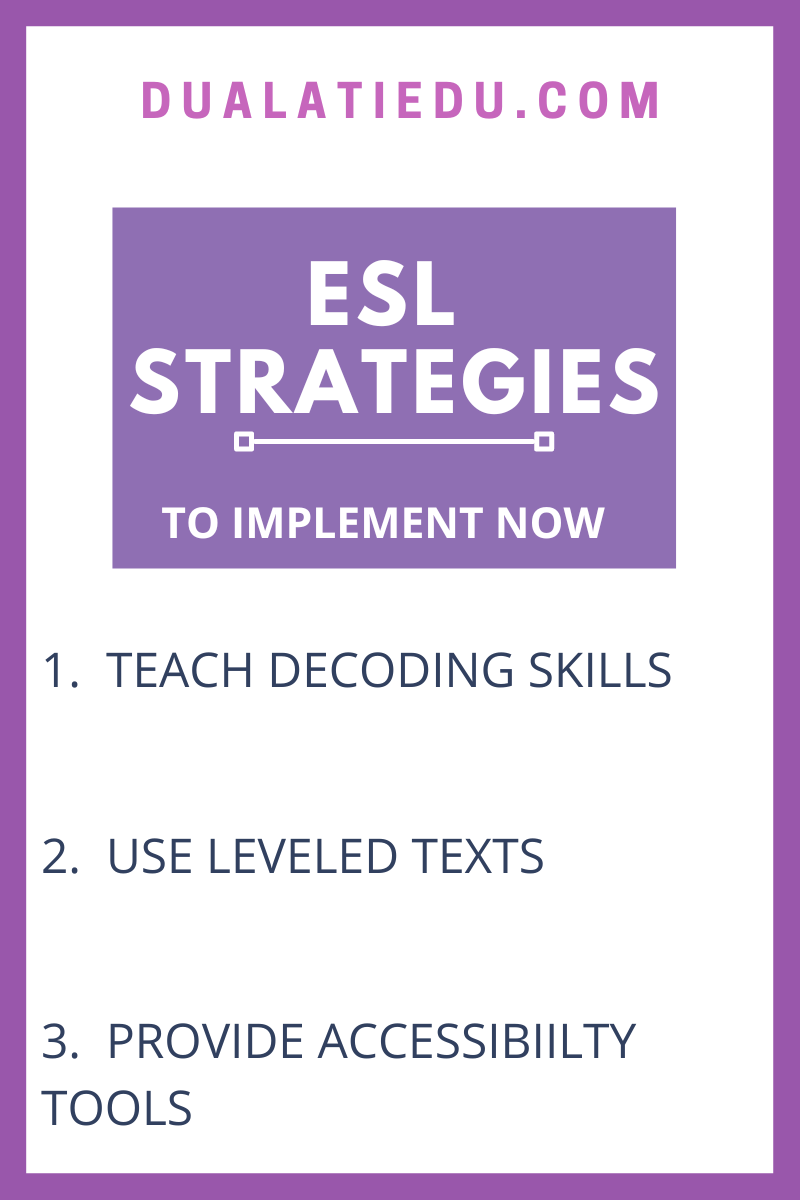
* Teaching students how to decode in English
It may be evident that students need to learn to decode in English, but when the grade level’s standards do not include that ( say you teach upper elementary, middle school, or high school), it becomes complicated to incorporate into your lesson plans. When and how do you do this? What resources are available? How do I assess what they need to learn?
Most middle and high schools provide English learners with an elective that addresses language acquisition. However, teachers should always find opportunities for students to acquire language in context.
However, upper elementary students do not have a separate time to acquire English and learn to decode. The teacher must add that to their lesson plans systematically and deliberately.
Of course, it is easier said than done because training and appropriate resources are most likely not available. Teaching phonics to a 5th grader with materials from the first grade is far from ideal or useful.
How would you tackle this?
* Leveled texts
If you can find leveled passages or books, you must provide these for your students during shared or guided reading. Students don’t want to feel like the odd man out. You can find examples of leveled texts on TweenTribune Same text features, format and story, but written with varying Lexile levels.
* Accessibility tools
There are so many available nowadays. Again, this other post goes deeper into ESL strategies for teachers, so I will mention a few here.
- Speech to Text tools available in Google Docs™ or Microsoft Word ™
It allows students who are hesitant about Writing (since it usually comes later than other skills) can begin to address prompts provided during Writing.
- Translation tools such as Google Translate™.
No need to translate every text, but they should learn how to use the tool on their own. Empower students to advocate for themselves.
Students who have a high affective filter may find it easier to record their answers rather than share them with the group. They can also rerecord as needed to make things just right.
- Graphic Organizers and Question Stems
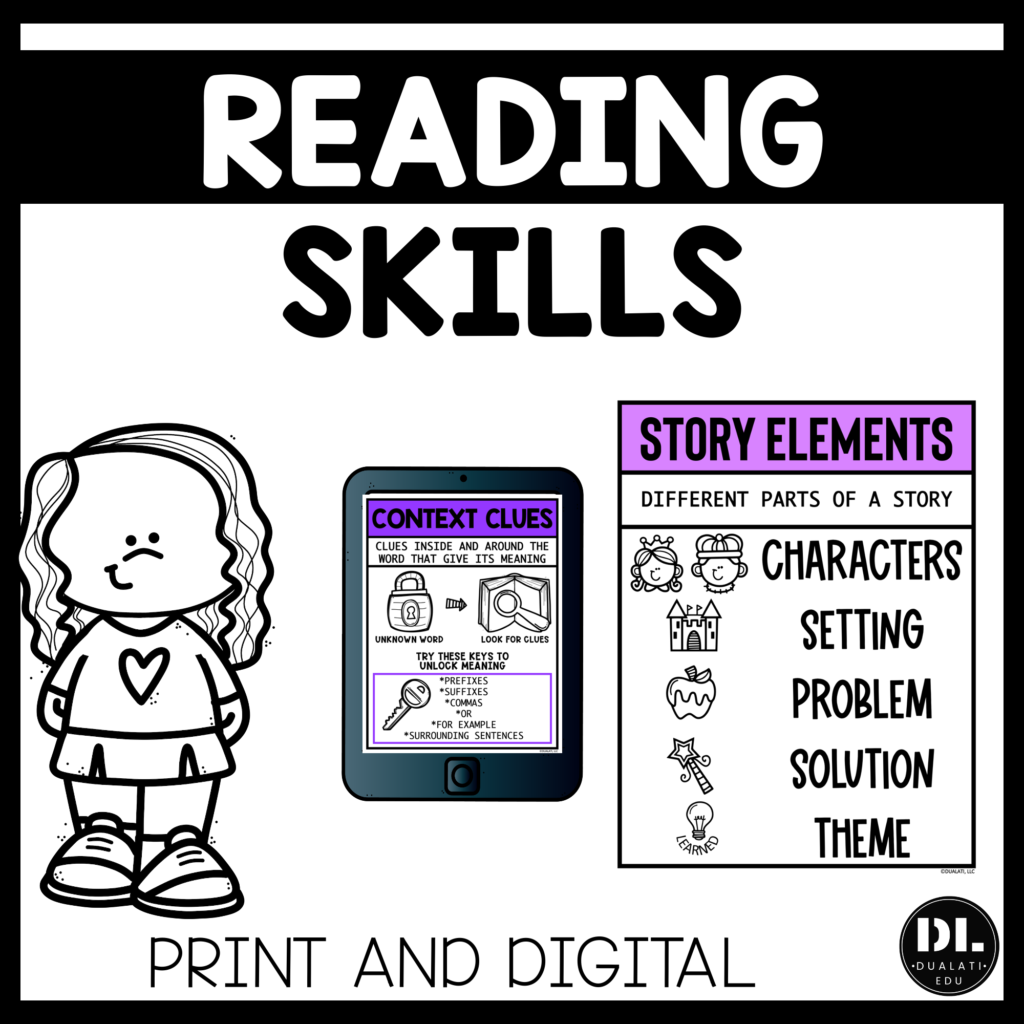
These provide a path for students to develop an answer to any questions or prompts.
Explicitly teach how to use these tools, and provide examples before giving these to students.
These are just three questions you need to develop answers for before attending an interview. Knowing the essential bilingual teacher interview questions, researching and formulating responses that accurately define your philosophy and experience is vital to prepare for an interview.
Allow me to continue to be of service by downloading the 9 Teacher Interview Questions and Answer Strategies..inside tips for bilingual teachers!
